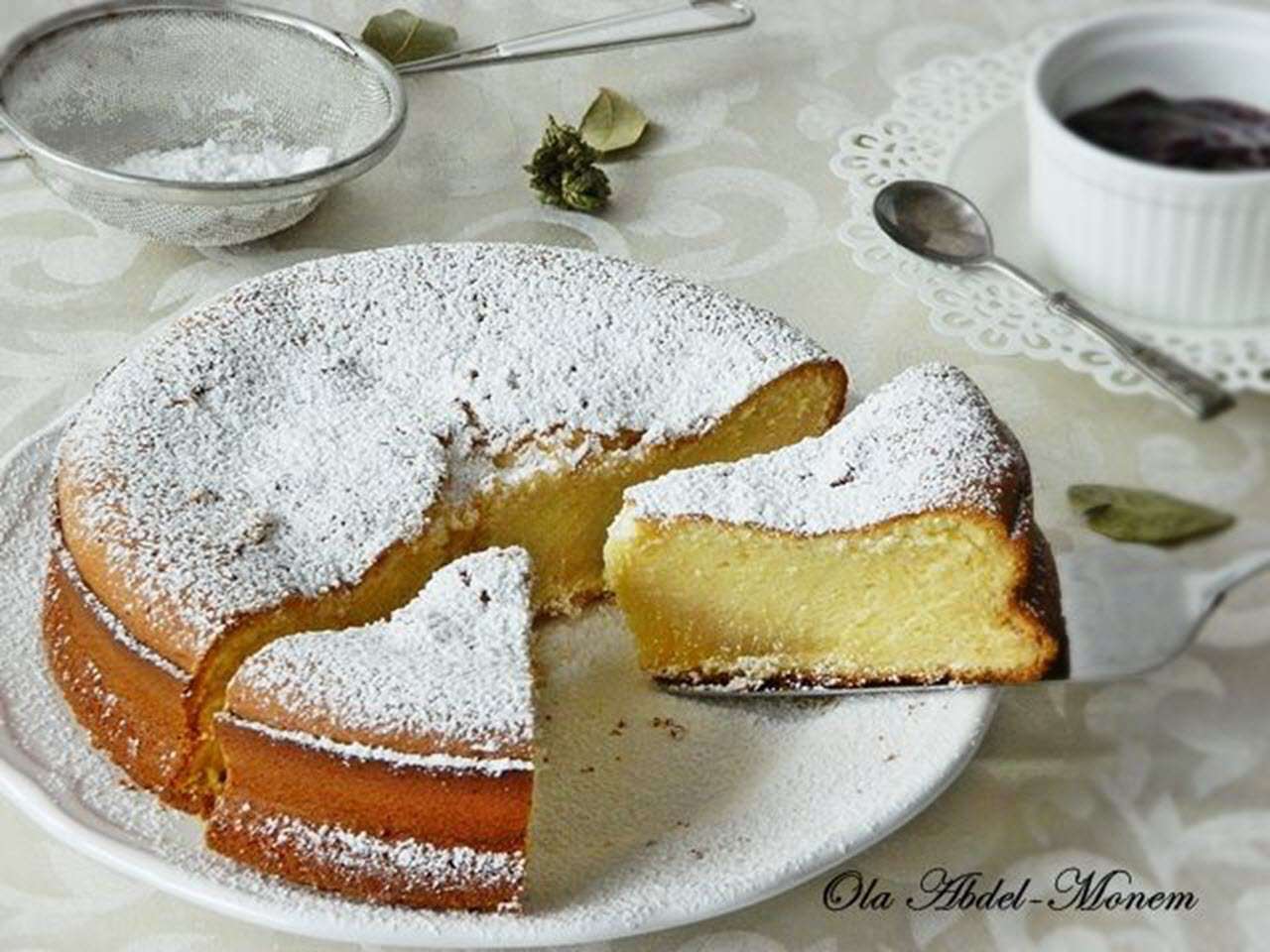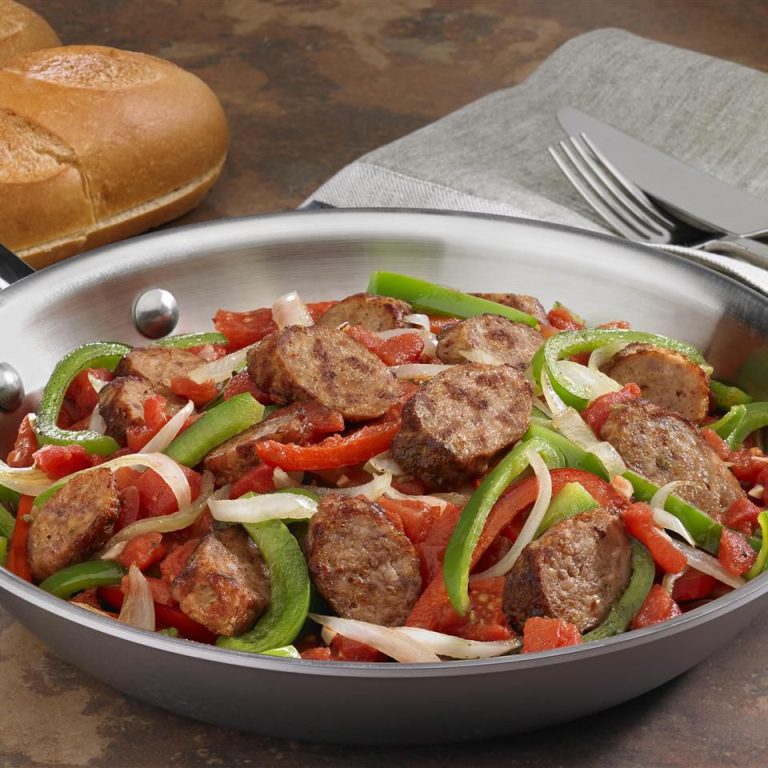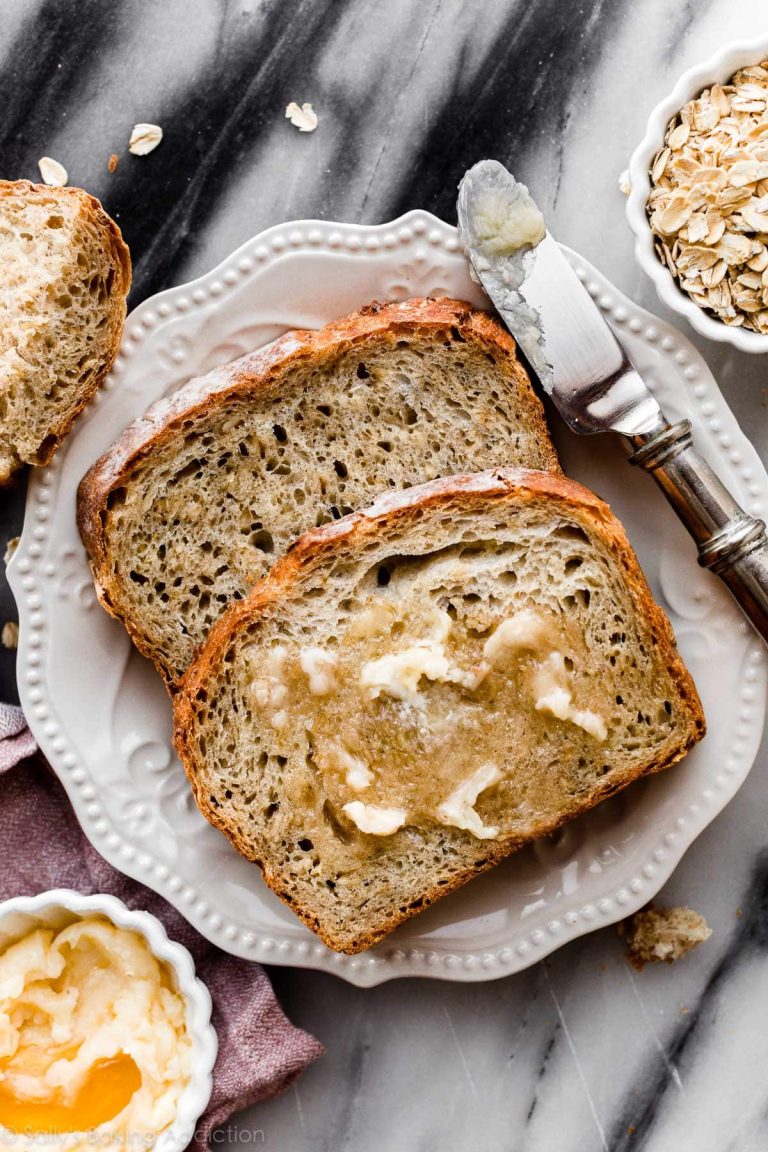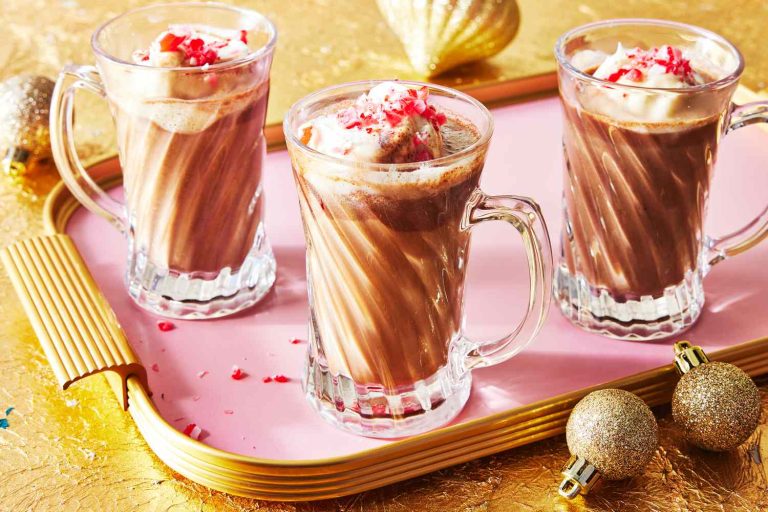Condensed Milk Cake Recipe: Simple, Delicious, and Perfect for Beginners
Easy condensed milk cake traces its roots to traditional dessert recipes that value simplicity and rich flavors. Condensed milk, a staple ingredient in many cultures, offers a unique sweetness and creaminess. This cake became popular due to its minimal ingredient list and straightforward preparation, making it accessible even for novice bakers.
Why It’s Loved by Many
Easy condensed milk cake is universally adored for several reasons. The rich, creamy flavor from the condensed milk pairs perfectly with a light, tender crumb. This dessert requires minimal ingredients, such as eggs, flour, and butter, which makes it cost-effective. The preparation process is straightforward, involving basic mixing and baking steps, so even beginners find it manageable. The result is a decadent cake that delights the senses, making it a favorite for gatherings and special occasions.
Key Ingredients Explained
Condensed Milk Role in Moisture and Sweetness
Condensed milk gives the cake its rich, creamy sweetness and significantly contributes to its moist texture. Given its concentrated nature, you gain both sweetness and moisture from this single ingredient, streamlining the recipe. With origins in traditional dessert recipes, condensed milk ensures that natural sugars thicken the milk, leading to a more stable, longer-lasting product for baking.
Alternative Ingredients for Dietary Restrictions
For those with dietary constraints, alternative ingredients can replicate the effects of condensed milk without compromising the cake’s quality.
- Vegan Condensed Milk: Use coconut milk and sugar as substitutes. This alternative maintains the cake’s moisture and sweetness while adhering to vegan diets.
- Sugar-Free Condensed Milk: Replace with sugar-free condensed milk products available in stores. Ideal for diabetic individuals or those reducing sugar intake.
- Dairy-Free Options: Opt for almond, soy, or oat milk condensed versions. These alternatives cater to individuals with lactose intolerance or dairy allergies.
Using these substitutes ensures that the cake remains accessible to all, aligning with dietary needs and preferences.
Step-by-Step Baking Guide
Preparing the Batter
Combine flour, baking powder, and a pinch of salt in a large bowl. Sift to ensure a smooth mix. In a separate bowl, beat softened butter and condensed milk until fluffy. Add eggs one at a time, mixing well after each addition. Incorporate vanilla extract for added flavor. Gradually add dry ingredients to the wet mixture, stirring until just combined. Avoid overmixing to keep the texture light.
Baking Temperature and Time Tips
Preheat your oven to 350°F (175°C) to ensure even baking. Grease and flour your cake pan to prevent sticking. Pour the batter into the prepared pan, smoothing the surface. Bake for 25-30 minutes, or until a toothpick inserted in the center comes out clean. If the edges brown too quickly, cover with foil halfway through baking. Let the cake cool in the pan for 10 minutes before transferring to a wire rack.
Variations of Condensed Milk Cake
Chocolate Condensed Milk Cake
Incorporate chocolate to add a rich flavor to your condensed milk cake. Use 1/2 cup of cocoa powder for a deep chocolate taste. Melt 100 grams of dark chocolate and mix it into the batter for extra richness. Consider adding chocolate chips for a delightful texture. Adapt the baking time by adding an extra 5 minutes since additional ingredients may affect the baking process.
Vegan and Gluten-Free Variations
Create a vegan and gluten-free version by replacing traditional ingredients. Use vegan condensed milk, which can be made from coconut or almond milk. Substitute the regular flour with a gluten-free blend. Consider using flax or chia seeds as egg replacements—combine 1 tablespoon of seeds with 3 tablespoons of water per egg. Ensure all ingredients are certified gluten-free if necessary.
These variations maintain the cake’s simplicity, catering to various dietary preferences.
Serving and Storage Tips
Best Ways to Serve Condensed Milk Cake
Condensed milk cake pairs well with various toppings and accompaniments. Serve slices with fresh fruits, such as strawberries and blueberries, to add a refreshing twist. Drizzle a simple glaze or chocolate syrup over the cake for an added sweetness. You can also serve it warm with a scoop of vanilla ice cream, which enhances the cake’s rich texture.
How to Store Leftovers
To keep condensed milk cake fresh, store it properly. Place leftover slices in an airtight container and refrigerate them. This method preserves the cake’s moisture and flavor for up to a week. If you wish to extend the storage time, wrap individual slices in plastic wrap, then place them in a freezer-safe bag, and freeze for up to three months. When ready to eat, thaw the slices at room temperature or warm them in the microwave for a few seconds.
Conclusion
With its minimal ingredients and straightforward preparation, the easy condensed milk cake is perfect for both novice and experienced bakers. Its versatility allows for endless variations, whether you prefer a classic version or need to accommodate dietary restrictions. Topping it with fresh fruits or glazes can elevate its flavor, making it a delightful treat for any occasion. Proper storage ensures that your cake remains moist and delicious, ready to be enjoyed whenever you crave a sweet indulgence. Embrace the simplicity and rich taste of this cake, and you’ll find it becoming a staple in your baking repertoire.






